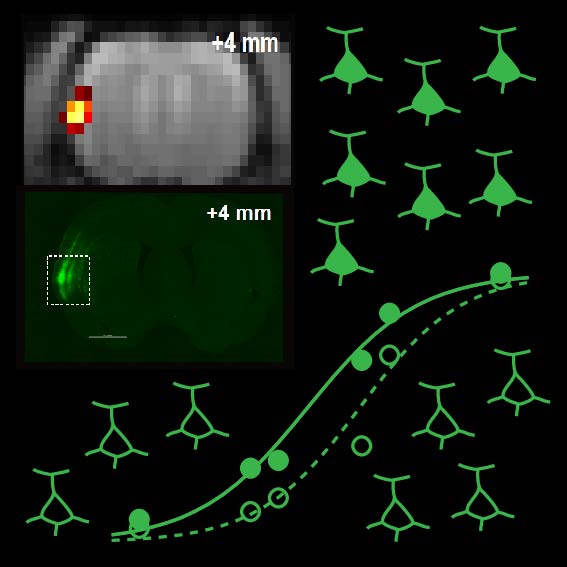
Cambridge has a strong tradition in neuroscience. We have hosted the first analysis of neural signalling in the 1930s with Bryan Matthews and Lord Edgar Adrian; identified the mechanisms that generate action potential in the 1950s with Alan Hodgkin and Andrew Huxley; and elaborated some of the first theoretical approaches to function in brain circuits since the 1960s. Neuroscience at Cambridge continues to grow and to incorporate new ideas and approaches into diverse research interests.
We have a strong research representation at cellular and molecular level, with groups working on synaptic transmission, local network properties and plasticity in local neural circuits, aspects of molecular signalling and transduction of sensory stimulus. Our developmental neurobiologists are also tackling problems associated with how a brain is built.
At neural systems level, we are working onhow sensory systems are able to process and represent information. We are studying the sense of hearing in mammals, auditory analysis, visual processing of information and predation. We are also interested in how the motor systems and neuroendocrine systems function.
At the level of behaviour, we have groups working on aspects of motivation and cognition, like how rewards are preceived and processed in the brain and how emotions can affect or disrupt decision making.
Labs
 |
Adams labVisualising morphogenetic mechanisms |
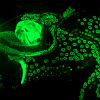 |
Baker labNeurogenic placodes and the neural crest: development of the vertebrate peripheral sensory nervous system |
Beltramo labHow the brain transforms sensory signals into the neural representations of the outside world that guide our behaviour |
|
||
 |
Bray labNeural and epidermal development in Drosophila: from signalling to morphogenesis |
 |
Cardona labNeural circuit reconstruction of Drosophila larva |
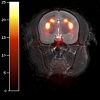 |
Clarke labNeural and neurochemical basis of negative emotional behaviour and their implications for psychiatric disorders |
 |
Edgley labHow information is processed in motor systems |
 |
Fleming labZebrafish models of neurodegeneration to investigate how protein clearance pathways affect disease severity |
 |
Franze labMechanics in nervous system development and pathology |
 |
Galliano labNeural network development, plasticity and impact on behaviour |
 |
Herbison labProperties and functioning of the key neural populations controlling fertility in mammals |
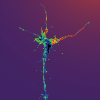 |
Holt labAxon guidance in the developing brain |
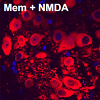 |
Jones labHow neuronal communication is disrupted in pathological states that mimic neurological disorders |
|
Neural mechanisms underlying the sense of self-motion and spatial orientation |
Krupic labUnderlying mechanisms of the brain GPS system |
||
 |
Mason labStructure, function and evolution of the vertebrate ear |
 |
Matthews labPhototransduction and olfactory transduction |
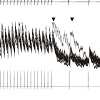 |
Parker labNeuronal networks and plasticity after recovery from spinal cord injury |
 |
Paulsen labCellular basis of information processing in the mammalian brain |
 |
Poort labNeural mechanisms of visually-guided learning, attention and decision-making |
Raffan labUnderlyng links between genes and obesity in dogs and humans |
|
 |
Roberts labNeural circuits underlying the regulation and dysregulation of positive and negative emotion |
 |
Robinson labIon channels and neuron dynamics
|
 |
Schultz labReward processing and economic decisions in the brain |
Circuit physiology of cognition |
Other Academics specializing in this area
|
|
Richard DyballRetired |
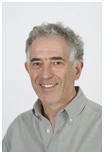 |
Bill HarrisRetired |
 |
Roger HardieRetired |
|
|
Roger KeynesRetired |
|
Roy PattersonRetired |
 |
John RogersRetired |
|
|
Roger ThomasRetired |
|
|






